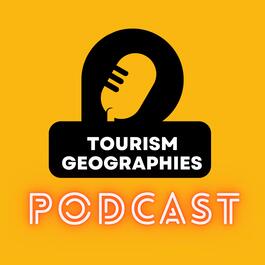
Precarious labour geographies of working holiday makers: querying sustainability
https://doi.org/10.1080/14616688.2024.2366488 Abstract The boundaries between tourism and migration are blurry. This blurring has been beneficial for the governments of wealthy countries enabling them to import a large and flexible temporary workforce that can be directed toward regions and industries where there are labour shortages. Such is the case with the Australian Working Holiday Program (AWHP); a historically tourism-focused cultural exchange program that began in 1975. Since the 1990s, the Australian Government has leveraged the AWHP to support several of Australia’s critical industries. This has been achieved through the tweaking of mobility infrastructures that link Working Holiday Makers’ (WHMs) ability to stay in Australia to employment conditions. Such conditions increase precarity among WHMs, directing them towards remote regions and industries where there are evident labour shortages. While these mobility infrastructures significantly benefit Australia’s economy, they result in WHMs being highly vulnerable to exploitation. Such vulnerability is layered with WHMs from less wealthy, non-English-speaking countries facing the highest levels of vulnerability. This study investigates the way mobility infrastructures in the AWHP influence WHMs’ mobilities, as well as how such mobilities are experienced in uneven and unjust ways. There is urgency to interrogate the role that such programs play in contributing to unjust mobilities, and to query the attendant implications for sustainability. Hosted on Acast. See acast.com/privacy for more information.
From "Tourism Geographies Podcast"


Comments
Add comment Feedback